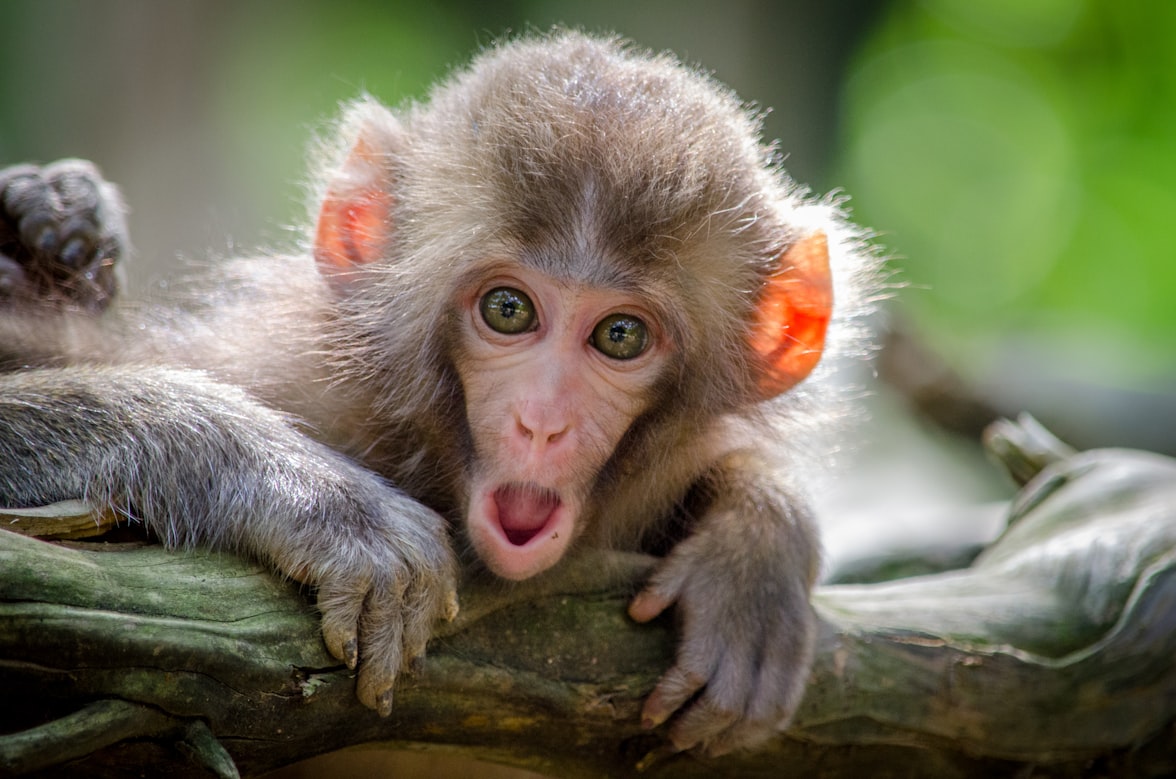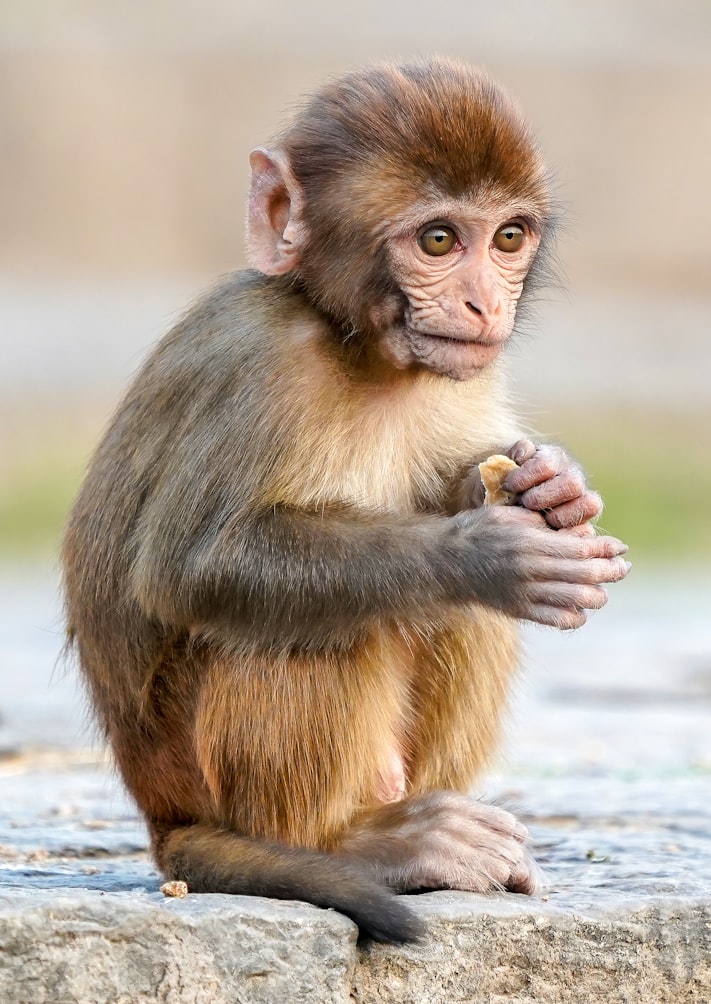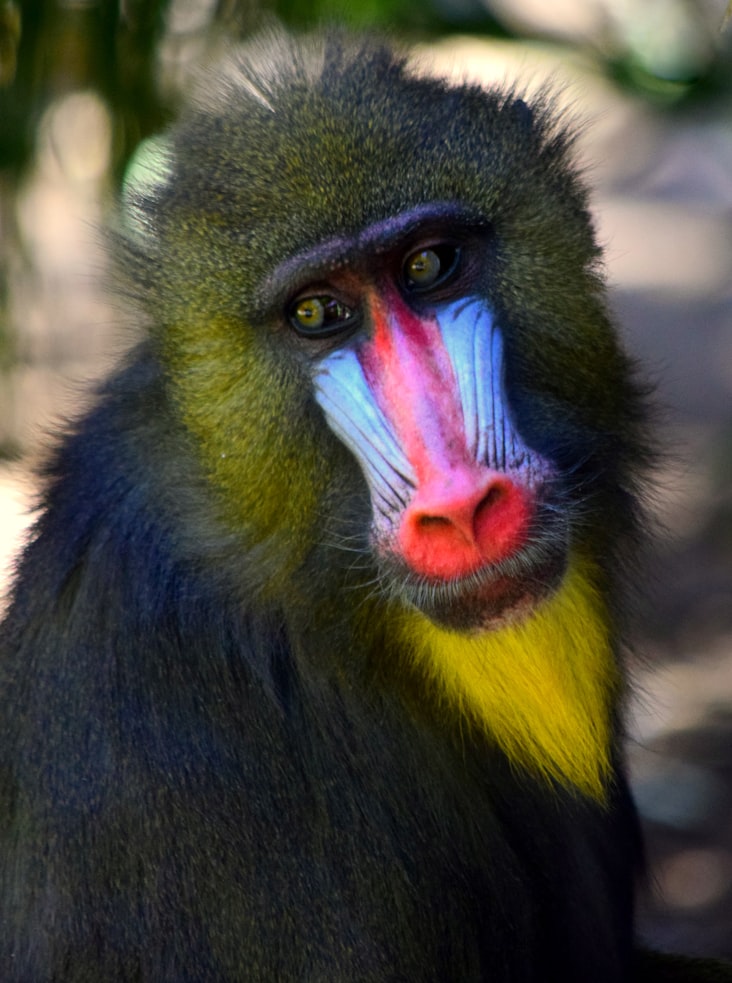Monkey Business: 10 Powerful Conservation Efforts to Safeguard Our Primate Pals

Monkeys are some of the most fascinating and important animals on earth, but they are facing many threats to their survival. Habitat loss, hunting, and disease are all contributing to declines in monkey populations around the world. To protect these important and beloved creatures, it’s important to take action through effective conservation efforts.
In this article, we’ll explore 10 of the most effective conservation efforts to protect monkeys and their habitats.
Habitat Restoration and Reforestation

Habitat loss is one of the greatest threats to monkey populations around the world. One of the most effective ways to address this threat is through habitat restoration and reforestation. This can involve planting new trees in areas that have been deforested, as well as restoring degraded areas through techniques such as soil conservation and erosion control.
Habitat restoration and reforestation efforts can also help to mitigate the impacts of climate change, which is another major threat to monkey populations. By restoring forests and other natural habitats, we can help to maintain the health of our planet and protect the many species that depend on these ecosystems.
Protected Areas and Wildlife Reserves

Protected areas and wildlife reserves are essential for the conservation of monkeys and other wildlife. These areas provide safe havens for animals to live and thrive, free from the threats of habitat loss, hunting, and other human activities.
Protected areas and wildlife reserves can take many forms, from national parks to community-managed forests. By designating areas for conservation and ensuring that they are effectively managed and protected, we can help to ensure the long-term survival of monkey populations around the world.
Captive Breeding and Reintroduction Programs

Captive breeding and reintroduction programs can play an important role in the conservation of monkeys and other endangered species. These programs involve breeding animals in captivity and then releasing them into the wild in order to bolster wild populations.
Captive breeding and reintroduction programs can be complex and challenging, but they have been successful in many cases. For example, the golden lion tamarin, a species of monkey from Brazil, was once on the brink of extinction but has since made a remarkable recovery thanks to the captive breeding and reintroduction efforts.
Public Education and Awareness Campaigns

Public education and awareness campaigns are essential for promoting the conservation of monkeys and their habitats. These campaigns can help to raise awareness about the importance of conservation, as well as provide information about the threats facing monkeys and the actions that can be taken to address these threats.
Public education and awareness campaigns can take many forms, from school programs to community outreach events. By engaging the public and raising awareness about the importance of conservation, we can help to build support for effective conservation efforts.
Sustainable Agriculture and Forest Management
Sustainable agriculture and forest management practices can play an important role in the conservation of monkeys and their habitats. By promoting practices that are environmentally sustainable and socially responsible, we can help to reduce the impact of human activities on monkey populations and their habitats.
Sustainable agriculture practices can include techniques such as agroforestry, which combines tree planting with crop production, as well as organic farming and integrated pest management. Forest management practices can include techniques such as selective logging and reduced-impact logging, which can help to maintain the health of forests and reduce the impact of logging on monkey populations.
Enforcement of Wildlife Protection Laws
Enforcement of wildlife protection laws is essential for the conservation of monkeys and other wildlife. These laws can include regulations on hunting and trade, as well as protections for endangered species and their habitats.
Effective enforcement of wildlife protection laws can be challenging, but it is essential for ensuring the long-term survival of monkey populations. By reducing illegal hunting and trade in wildlife, we can help to protect these important and beloved animals.
Research and Monitoring of Monkey Populations
Research and monitoring of monkey populations is essential for understanding the threats facing these animals and developing effective conservation strategies. This can involve monitoring populations to track changes over time, as well as conducting research on topics such as behavior, ecology, and genetics.
Research and monitoring can also help to identify new threats to monkey populations, as well as opportunities for conservation. By investing in research and monitoring efforts, we can gain important insights into the biology and ecology of monkeys, as well as the challenges facing these animals.
International Cooperation and Collaboration
International cooperation and collaboration are essential for the conservation of monkeys and their habitats. Many monkey species are found across multiple countries, and effective conservation efforts often require cooperation and collaboration between these countries.
International cooperation and collaboration can take many forms, from joint research projects to collaborative conservation programs. By working together across borders, we can help to ensure the long-term survival of monkey populations around the world.
Reducing human-monkey conflict is an important conservation effort that can help to protect both humans and monkeys. This can involve strategies such as providing alternative food sources for monkeys, improving waste management practices, and implementing measures to reduce crop raiding.
Education and awareness campaigns can also play an important role in reducing human-monkey conflict. By educating people about the behaviors and needs of monkeys, as well as providing information on how to reduce conflict, we can help to promote peaceful coexistence between humans and monkeys.
Disease Prevention and Control
Disease is a major threat to monkey populations, with many species at risk of contracting and spreading diseases that can have devastating impacts on their health and survival. One of the most effective ways to protect monkeys from disease is through prevention and control measures.
Prevention and control measures can include techniques such as vaccination, disease surveillance, and quarantine. By implementing these measures, we can help to reduce the risk of disease transmission and protect monkey populations from the devastating impacts of disease outbreaks.
And, finally, to conclude.
As you can see, there are many effective conservation efforts that can be used to protect monkeys and their habitats. By implementing these strategies, we can help to ensure the long-term survival of these important and beloved animals. Whether through habitat restoration, protected areas, captive breeding, public education, or other strategies, we can all play a role in protecting monkeys and the natural world.






